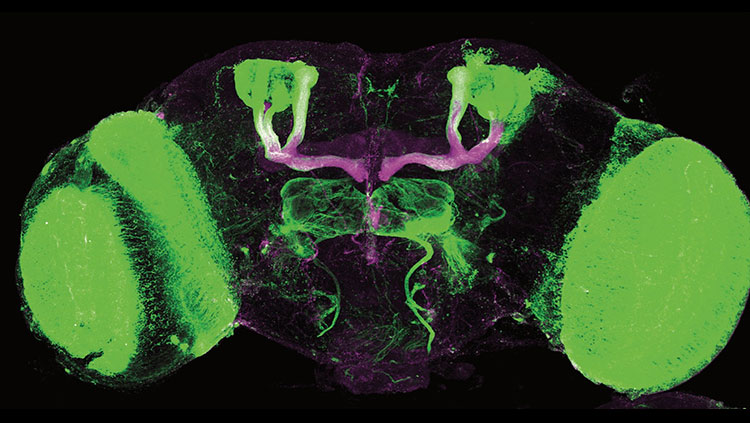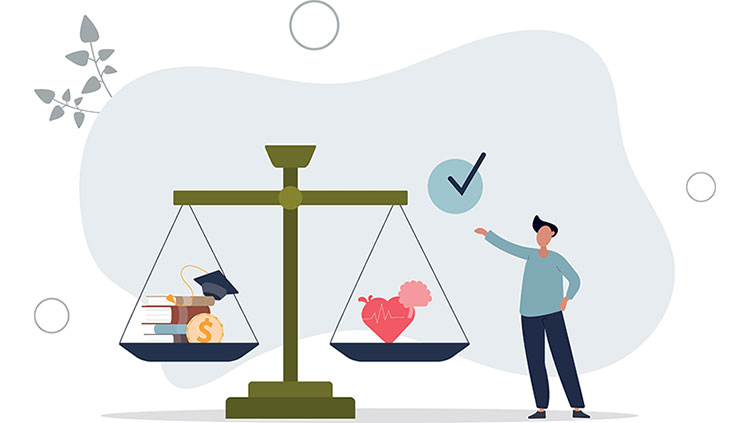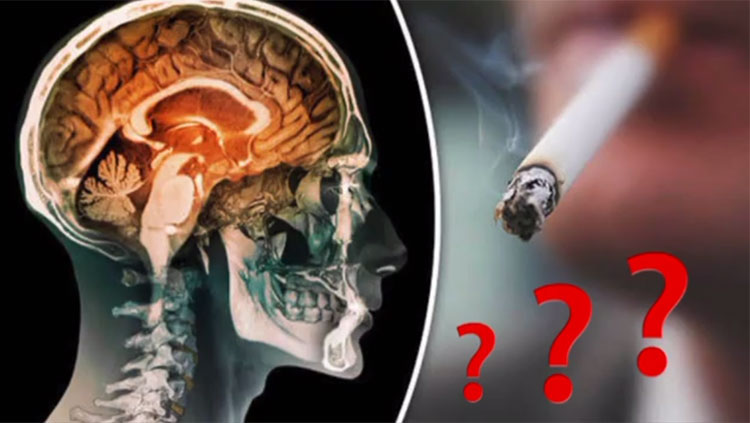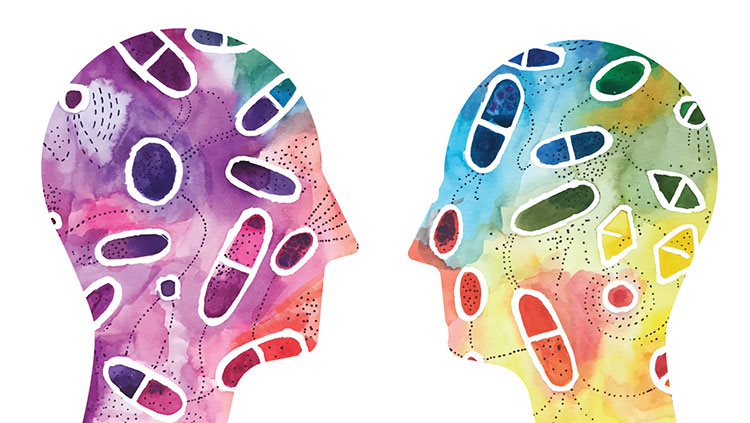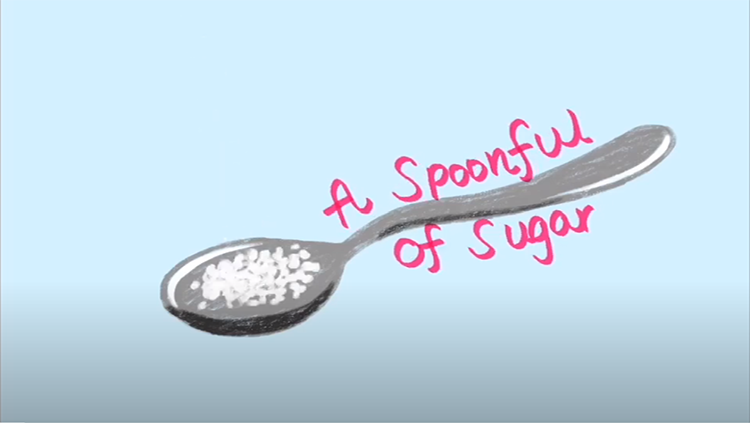How Do We Develop an Internet Addiction?
- Published5 Dec 2023
- Source BrainFacts/SfN
When it comes to addiction, it’s not just drugs or substances you can become addicted to. Our brains can become addicted to the internet when scrolling through social media or watching another YouTube video that lights up the reward system in your brain. Once repetitive behavior is enforced, it creates a positive feedback loop that forms the basis of an addiction. Understanding this process can help explain how so many people can watch hours of cat videos.
This is a video from the 2023 Brain Awareness Video Contest.
Created by Nirmana Rantow.
CONTENT PROVIDED BY
BrainFacts/SfN
Transcript
Have you ever been addicted to something? No? Then you would probably change your mind after watching this video.
According to the American Society of Addiction Medicine, addiction is defined as “primary, chronic disease of the brain, reward, memory, motivation, and related circuits usually because of the use of substances.”
Correlates with drugs and alcohol. But do you know that we as humans can get addicted to an abstract concept of the internet? In the current era, almost everything that we do is connected to the internet, from communication, learning, and of course, entertainment.
UI or UX, easily designed to make you stay longer in the application. It can be good if it makes you stay longer in learning languages or knowledge through apps. But what if you get caught in mindless doom scroll in your favorite video app, forgetting about your homework and responsibilities? Instead of being addicted to substances, we find ourselves addicted by the captivating content that overstimulates our brains.
The neuroscience of addiction. Since the internet addiction is behavioral addiction, we will swim through the neuroscience process that is responsible for that behavior.
Let's say you get a notification that says your favorite creator just released a newest video. It immediately grabs your attention, and you start to imagine what kind of cat food they're going to review in that video. Or, it could happen as simple when you open a really funny video of cats singing Single Ladies by Beyoncé.
This behavior has something to do with neurotransmitters called dopamine, and of course, a complex yet interesting brain process. Here's our brain works when it comes to addiction. There are three main part of the brain that we will discuss using an analogy of airplane.
The first one is the pilot, or prefrontal cortex, especially the dorsal lateral prefrontal cortex. It is responsible for judgment, decision-making, and other executive functions. The second one is the engine: striatum and the nucleus accumbens. As mammals, we need a goal to act, and striatum provide us with goals or motivation. The third one is midbrain, especially in the ventral mental area or VTA. This region acts as a dopamine pump that will help the striatum to focus the attention on one goal. Narrowing down the beam with a higher power.
When you see the notification through your eyes, the red dots catches your attention and will act as the stimuli that you will perceive. In which, it will trigger your imagination of what the videos will be like, making you to crave watching it even more. This whole process happens in striatum, the engine of the brain. As you imagine, the perception becomes even stronger, linked to the process called intensification. When the engine runs strongly, it signals the midbrain to supply even more dopamine in a process of positive feedback loop between the midbrain and the striatum, especially when the craving becomes even stronger, you end up executing your imagination, forcing the pilot into clicking the button, and watching the videos.
And voila! You feel relieved, and your brain actually learns something throughout that process. It happens because those were the brain rewards pathways due to positive self-reinforcement. Since the pathway between the striatum and the VTA is being used continuously and constantly, it becomes even stronger. This is what makes you crave it even more every time you see a cue of a notification of even your phone itself.
Picking up the phone is an easy task: You don't need any cognitive function in doing it! Making it a very easy source of dopamine that you can see continuously. You see the red dots, thinking that it is rewarding, which signaled by dopamine, and crave it. Another thing, since the pathway turned kind of into a highway, it will stay throughout your brain development, and the cycle is stuck. Pruning is like molding a bush into a bonsai, a developed brain with an efficient pathway.
This is also a reason why there's an age restriction for alcohol, porn, et cetera — but also internet usage. Besides the reward pathway, there's also a brain phenomenon called the “now appeal.” The reason why you doom scroll video instead of doing your due date homework, AKA delayed discounting. This delayed discounting is even higher in the internet use, because it provides you with interface that correspond to high saliency like bright colors, appealing sounds, image, thumbnail, and et cetera. This interest connectivity network, or ICN, is being hacked by those internet users’ interfaces and experiences or known as UI or UX. Remember how TVA tries to narrow down the beat?
The silences get us to narrow it down into something that seems important, even though doom scrolling isn't the now appeal. Now that you know how and why you might lean into the internet addiction, you can get free from the cycle of unhealthy reward pathway. With this knowledge and tools, it's necessary for us to break free from these scraps and regain control from our lives.
Also In Addiction
Trending
Popular articles on BrainFacts.org



